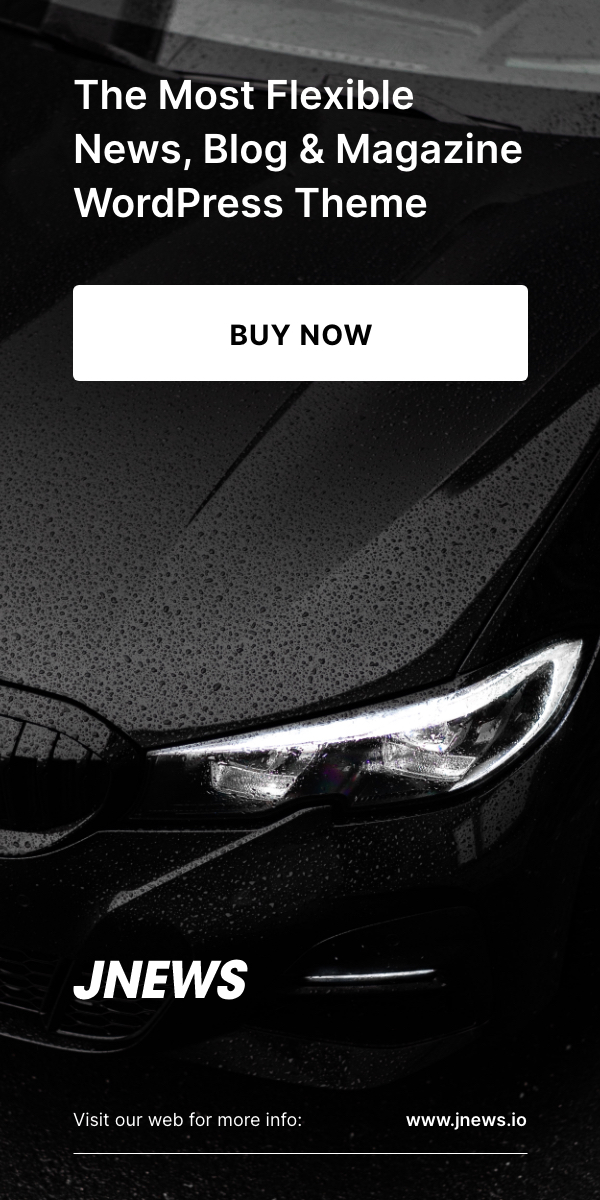Pros and Cons of Native Advertising In 2023
With new platforms and technologies emerging all the time, it can be hard to keep up with the latest trends. One such trend is native advertising, which has both its pros and cons. In this blog post, we will explore the pros and cons of native advertising. We will also provide some insights into whether or not this type of advertising is right for your business.
What is Native Advertising?

Native advertising is a type of online advertising that matches the form and function of the content on the website where it appears. Native ads are often less intrusive than banner ads and other types of online advertising, and can provide a more seamless experience for users.
It can take many different forms, but is typically characterized by its placement within editorial content rather than in dedicated ad space. For example, a native ad might appear as a sponsored post in a social media feed, or as an article recommendation on a news website.
It can be an effective way to reach target audiences with relevant messaging, but it’s important to consider the potential downsides before investing in a native ad campaign. Below, we’ll outline some of the pros and cons of to help you decide if it’s right for your business.
Pros of Native Advertising
Native advertising is a type of online advertising that blends in with the surrounding content on a webpage. Native ads are less intrusive than traditional banner ads and can provide a better user experience.
There are several advantages of native advertising, including:
- Increased engagement: Native ads are more likely to be noticed and interacted with than banner ads. This is because they are not disruptive and blend in with the surrounding content.
- Better user experience: They provide a better user experience since they are less intrusive and more relevant to the surrounding content.
- More effective: They have been shown to be more effective at driving sales and leads than traditional banner ads.
- Increased revenue: Since they are more effective, they can lead to increased revenue for publishers who use them.
Cons of Native Advertising

There are a few potential cons to consider before investing in native advertising for your business.
- First, because native ads are designed to look and feel like normal content, there is a risk that users will scroll right past them without even realizing they are advertisements. This means that businesses need to be extra careful to make their ads stand out and be as attention-grabbing as possible.
- Native advertising can be significantly more expensive than other types of online advertising. As explained by fractional CIO expert from Innovation Vista, his is because businesses often have to pay a premium to have their ads placed on popular websites and platforms.
- There is always the possibility that users will develop “ad blindness” over time and begin ignoring all native ads altogether. This could negate any positive effects that businesses are hoping to achieve by investing in this type of advertising.
Wrapping Up
It’s important to weigh the pros and cons of native advertising before making any decisions. On one hand, it can be an effective way to reach your target audience with relevant and engaging content. On the other hand, it’s important to consider potential issues like ad blindness and user experience. Ultimately, the best decision for your business will depend on your specific goals and objectives. Weigh all of your options carefully before moving forward with any native advertising campaigns.















